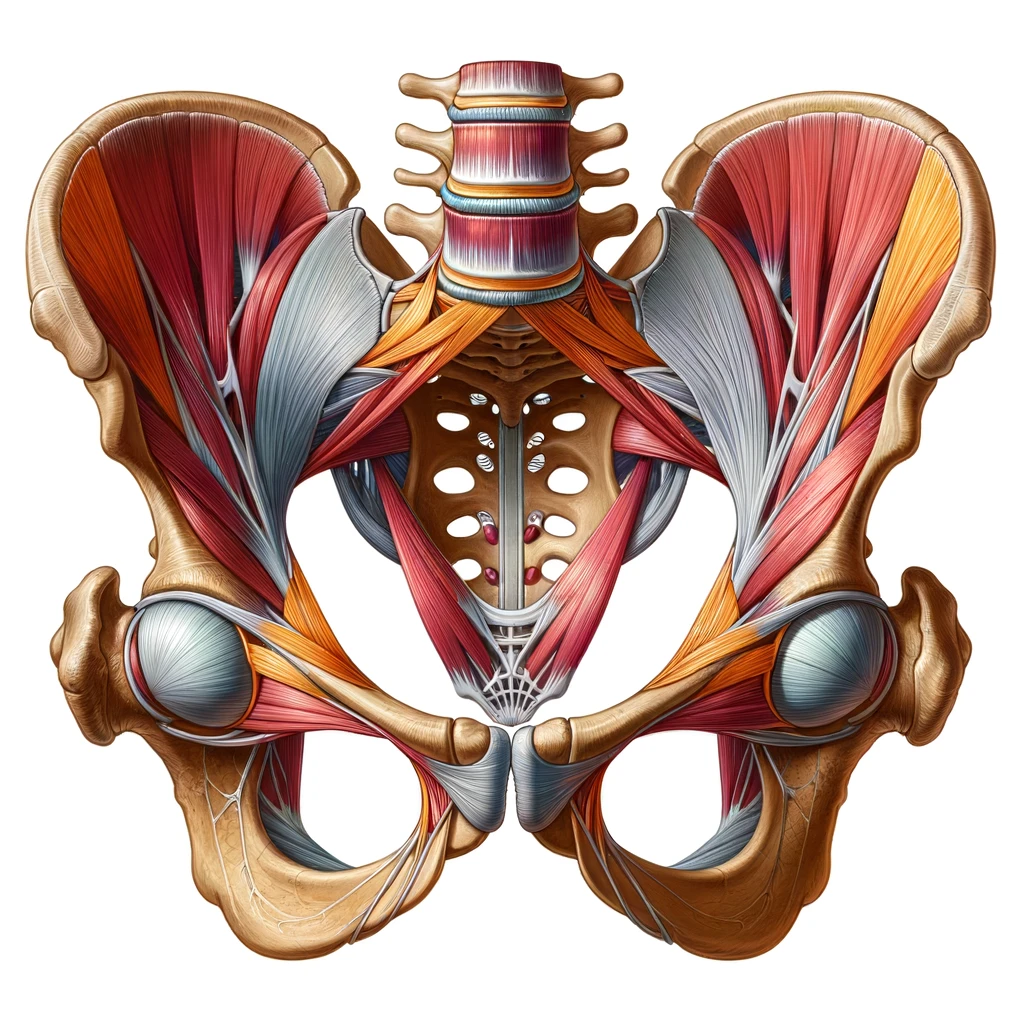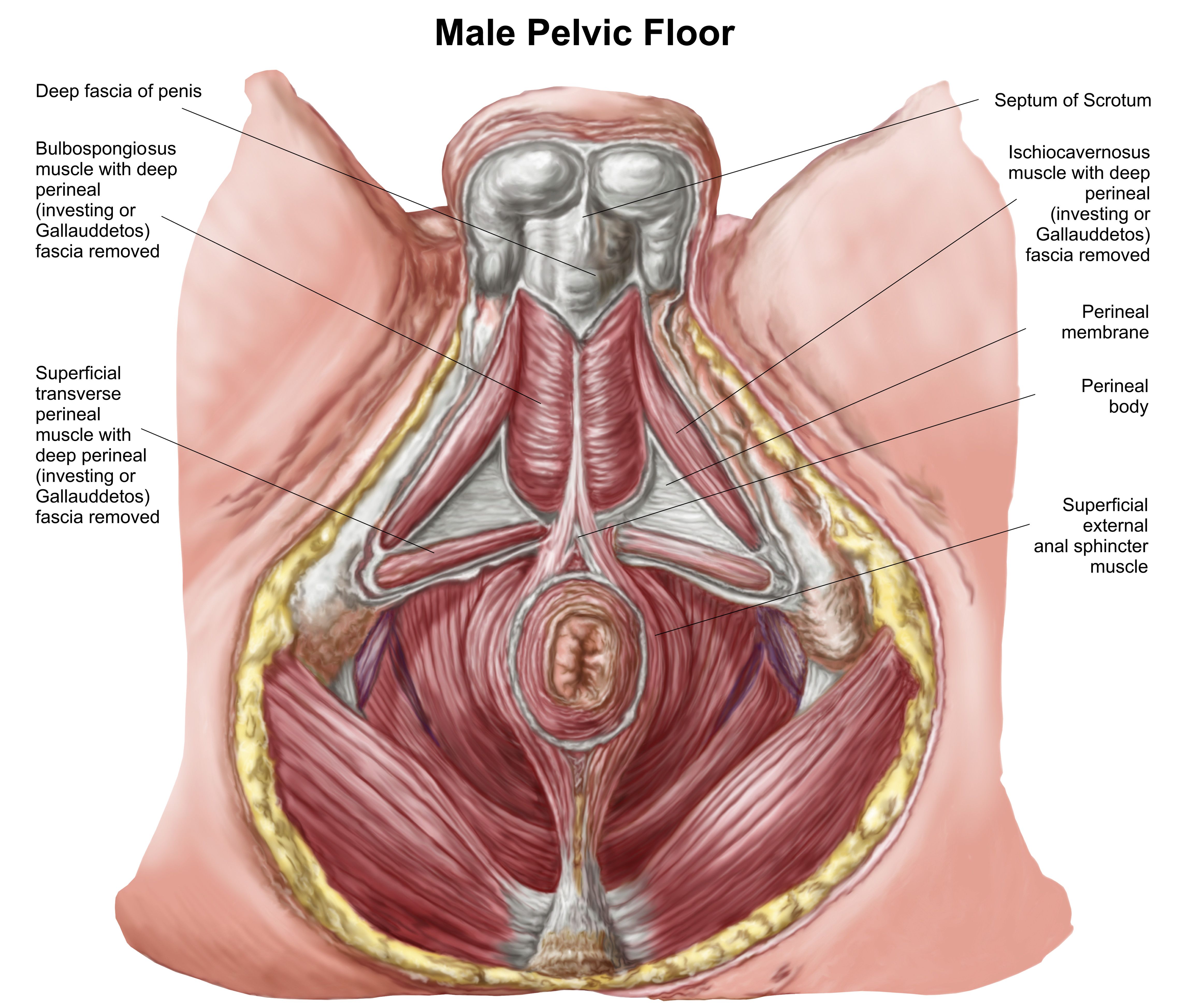Back
Can my Pelvic Floor Dysfunction be fixed?
By Shannon Strauch, PTA, STMT-1 on 8/16/2024

Introduction
Pelvic floor dysfunction (PFD) is a common yet often misunderstood condition that can have a significant impact on your quality of life. Whether you’re dealing with urinary incontinence, pelvic pain, or pelvic organ prolapse, pelvic floor dysfunction can make everyday activities challenging. Fortunately, pelvic floor therapy offers a non-invasive and effective solution to address these issues and restore function to your pelvic muscles. In this blog, we’ll explore how pelvic floor therapy works and how it can help fix various types of pelvic floor dysfunction.


What is Pelvic Floor Therapy?
Pelvic floor therapy is a specialized form of physical therapy that focuses on strengthening, relaxing, and coordinating the muscles of the pelvic floor. These muscles support the bladder, bowel, and reproductive organs, and play a crucial role in functions such as urination, defecation, and sexual activity. When these muscles are weak, tight, or not working in harmony, pelvic floor dysfunction can occur. Pelvic floor therapy aims to restore the proper function of these muscles, alleviating symptoms and improving overall pelvic health.
Causes of Pelvic Floor Dysfunction
Pelvic floor dysfunction can result from a variety of factors. Childbirth is one of the most common causes, as the process can strain or damage the pelvic floor muscles. Chronic constipation, aging, surgery, and trauma can also weaken or tighten these muscles, leading to dysfunction. Regardless of the cause, pelvic floor therapy can help address the underlying issues by targeting the affected muscles and restoring their proper function.
Different Types of Pelvic Floor Dysfunction
Urinary Incontinence
Urinary incontinence, or the involuntary leakage of urine, is a common form of pelvic floor dysfunction. It can occur as stress incontinence, where urine leaks during activities like coughing or exercising, or as urge incontinence, where a sudden and intense urge to urinate leads to leakage. Pelvic floor therapy helps strengthen the pelvic floor muscles, improving bladder control and reducing incontinence.
Fecal Incontinence
Fecal incontinence, or the inability to control bowel movements, can be distressing and embarrassing. It often results from weakened pelvic floor muscles or nerve damage. Pelvic floor therapy focuses on strengthening these muscles, helping patients regain control over their bowel movements and preventing accidental leakage.
Pelvic Organ Prolapse
Pelvic organ prolapse occurs when the pelvic organs, such as the bladder, uterus, or rectum, descend into or outside the vaginal canal due to weak pelvic floor muscles. This can cause discomfort, pressure, and other symptoms. Pelvic floor therapy can help by strengthening the muscles that support the pelvic organs, reducing the severity of prolapse and alleviating symptoms.
Chronic Pelvic Pain
Chronic pelvic pain is often caused by tight or overactive pelvic floor muscles. This condition can lead to persistent discomfort and pain in the pelvic region. Pelvic floor therapy employs relaxation techniques and manual therapy to help release tension in the muscles, providing relief from pain and improving muscle function.
Dyspareunia (Painful Intercourse)
Dyspareunia, or painful intercourse, can result from pelvic floor dysfunction where the muscles are too tight or have trigger points that cause pain during sexual activity. Pelvic floor therapy works on improving muscle flexibility, releasing tight spots, and enhancing blood flow to reduce pain and improve sexual function.
Pelvic Floor Tension Myalgia
Pelvic floor tension myalgia is a condition where the pelvic floor muscles are excessively tight, leading to chronic pain and tension in the pelvic region. This dysfunction can make it difficult to relax the muscles, even when not engaged in physical activity. Pelvic floor therapy focuses on relaxation exercises and biofeedback to help patients learn how to properly relax their pelvic floor muscles.
Pelvic Floor Muscle Coordination Issues
Some individuals may struggle with the proper coordination of their pelvic floor muscles, leading to issues such as incomplete emptying of the bladder or bowel. This can result in discomfort and a feeling of incomplete evacuation. Pelvic floor therapy helps improve muscle control and coordination, allowing for more efficient and complete elimination.
Coccydynia (Tailbone Pain)
Coccydynia, or tailbone pain, can sometimes be linked to pelvic floor dysfunction. When the pelvic floor muscles are tight or imbalanced, they can put pressure on the tailbone, causing pain. Pelvic floor therapy can help by alleviating muscle tension and realigning the pelvic floor, reducing pressure on the tailbone and alleviating pain.
Pelvic Girdle Pain
Pelvic girdle pain is common during pregnancy and can result from changes in the pelvic floor muscles and ligaments. This condition causes discomfort and pain in the pelvic joints, making movement difficult. Pelvic floor therapy can help stabilize the pelvis, reduce pain, and improve mobility, making it an essential part of prenatal care.
Benefits of Pelvic Floor Therapy
Pelvic floor therapy offers a range of benefits that go beyond just fixing dysfunction. By strengthening and relaxing the pelvic floor muscles, therapy can enhance bladder and bowel control, improve sexual function, and reduce pain. Additionally, it can help prevent future issues by maintaining the health and function of the pelvic floor muscles, contributing to an overall better quality of life.
Types of Pelvic Floor Therapy Techniques
Pelvic floor therapy encompasses a variety of techniques tailored to the specific needs of each patient:
Exercises
: Kegel exercises, which involve contracting and relaxing the pelvic floor muscles, are often prescribed to strengthen the muscles. Biofeedback, a technique that uses sensors to provide real-time feedback on muscle activity, can help patients learn how to properly engage their pelvic floor muscles.Manual Therapy
: This includes internal and external techniques performed by a trained therapist to release tight muscles, trigger points, and adhesions that may be contributing to dysfunction.Relaxation Techniques
: These may include breathing exercises, stretching, and mindfulness practices to help relax the pelvic floor muscles and reduce pain.Lifestyle Modifications
: Patients may be advised to make changes to their diet, exercise routine, and daily habits to support pelvic floor health.
Conditions Treated with Pelvic Floor Therapy
Pelvic floor therapy is tailored to treat a wide range of conditions, including but not limited to:
Urinary and Fecal Incontinence
Pelvic Organ Prolapse
Chronic Pelvic Pain
Dyspareunia
Pelvic Floor Tension Myalgia
Pelvic Floor Muscle Coordination Issues
Coccydynia
Pelvic Girdle Pain
The Role of Education and Awareness
Education and awareness are crucial components of pelvic floor therapy. Understanding the anatomy of the pelvic floor and how it contributes to dysfunction can empower patients to take control of their health. Therapists play a key role in educating patients about proper muscle engagement, relaxation techniques, and the importance of maintaining pelvic floor health.
Conclusion
Pelvic floor therapy is a highly effective, non-invasive treatment for a wide range of pelvic floor dysfunctions. Whether you’re dealing with incontinence, pelvic pain, or prolapse, therapy can help restore function to your pelvic floor muscles, alleviate symptoms, and improve your overall quality of life. If you’re experiencing any form of pelvic floor dysfunction, consider consulting a qualified pelvic floor therapist to explore your treatment options.
Call to Action
If you’re struggling with pelvic floor dysfunction, don’t wait to seek help. Reach out to us at Pelvic Health Center in Madison, NJ to set up an evaluation and treatment! Feel free to call us at 908-443-9880 or email us at receptionmadison@pelvichealthnj.com.
Read More:
How Chronic Pelvic Congestion in Men Contributes to Prostatitis By Shannon Strauch, PTA, STMT-1 on 12/11/2024 How lymphatic issues can cause symptoms of prostatitis Prostatitis and Tight Pelvic Floor Muscles: A Comprehensive Guide By Shannon Strauch, PTA, STMT-1 on 12/10/2024 How a tight pelvic floor can be the reason for prostatitis symptoms
Are you ready to live pain free?
Request An Appointment